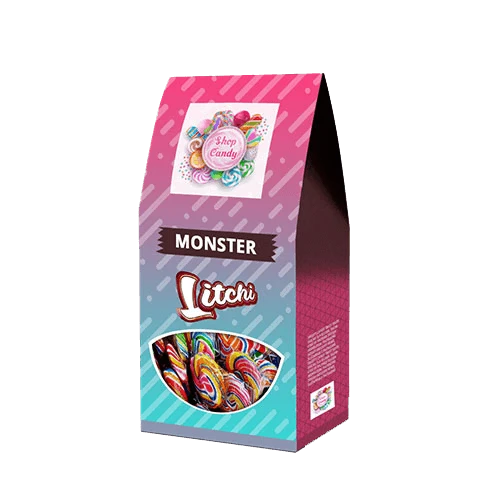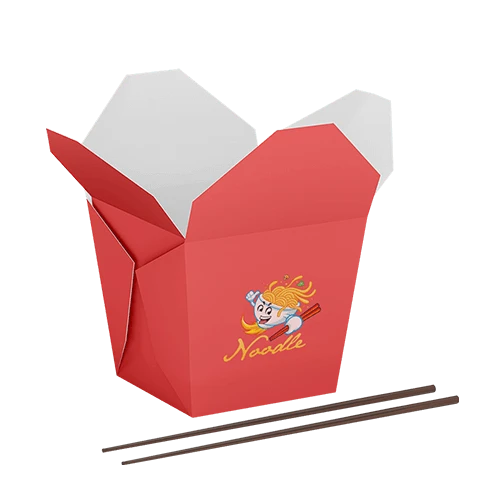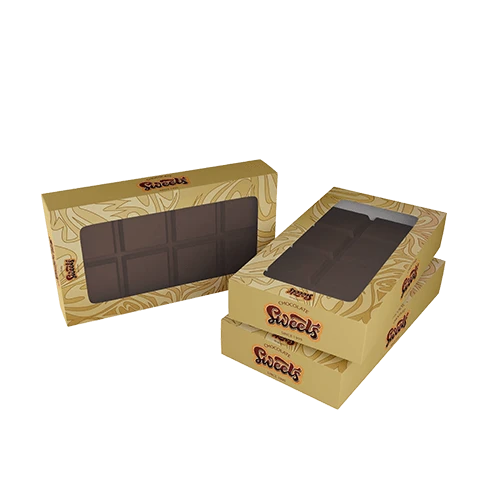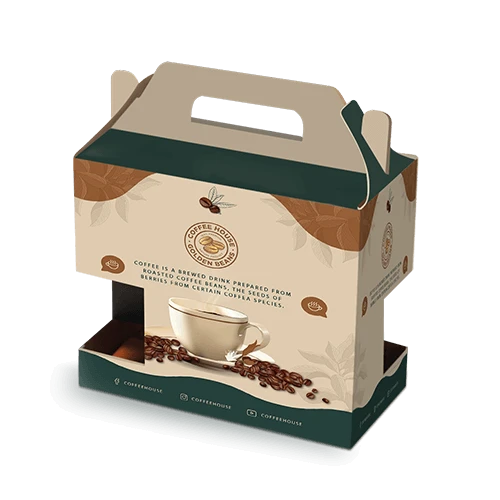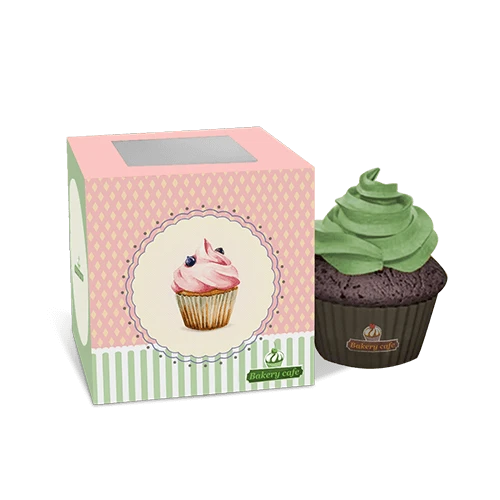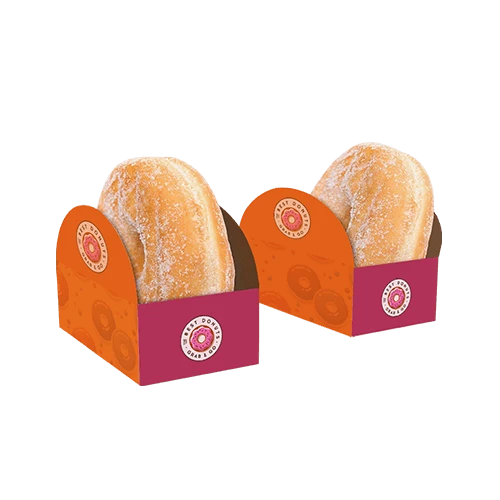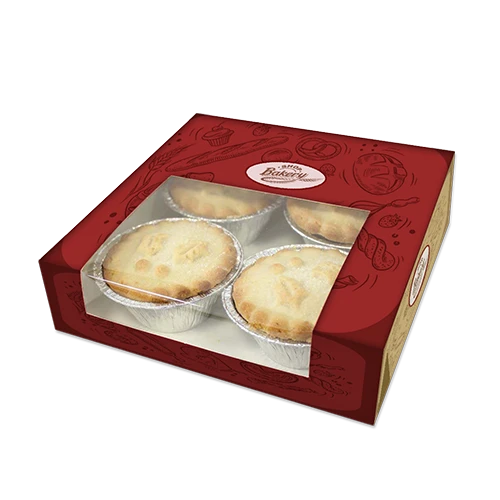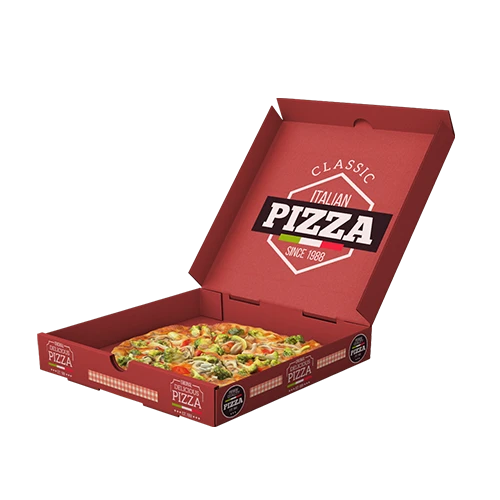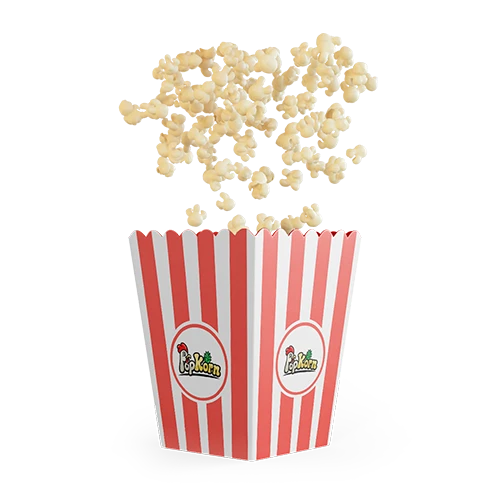
Custom Quote Request Form
Food Packaging
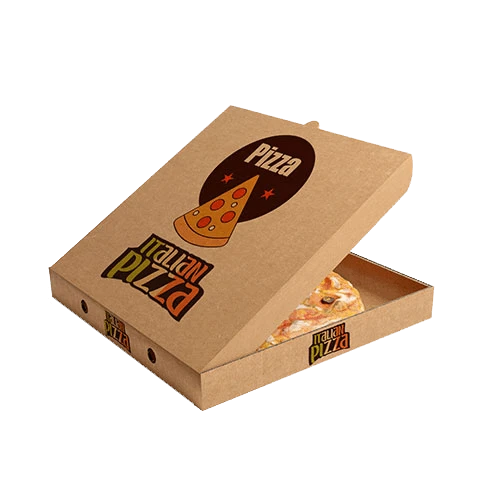

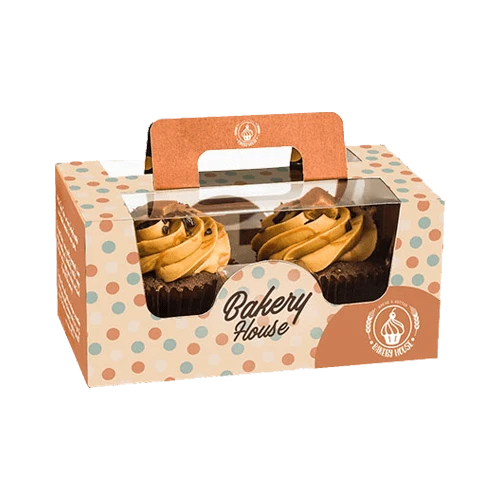
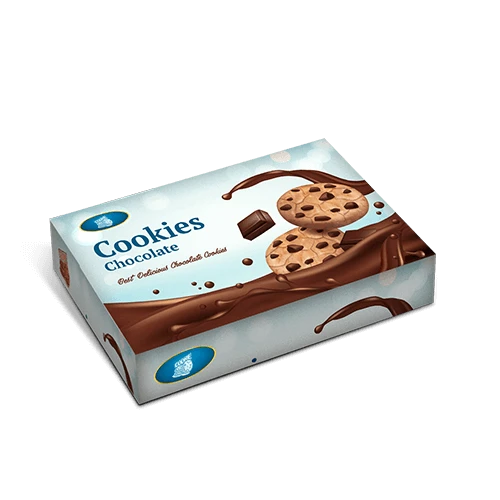
| FAQ's Specifications Description Reviews | ||||||||||||
|
Q: Why should I switch to cardboard food packaging? A: Cardboard food packaging can help protect food items from the elements and tampering. In addition, food packaging can also help in transporting food items to grocery stores or to customers’ homes. Q: What styles are available for food packaging? A: We produce a wide range of cardboard food packaging custom shapes and sizes. Some of the packaging styles include: Q: Is there a minimum order quantity for custom food packaging orders? A: No, there is no minimum order amount for custom food packaging. You can order as few boxes as you like. However, due to initial costs associated with setting up a print job, ordering larger quantities typically results in a lower per unit cost. Q: Can you send me samples of your food packaging? A: We can send samples of our recent print orders. Please send us a sample request and our sales representative will be in touch so that appropriate food packaging samples can be sent to you. Q: What are the specific regulations that oversee the labeling of food allergens in Canada? A: In Canada, food labeling guidelines require identifying allergens on all food labels. Specifically, prepackaged food labels must prominently declare any of the priority allergens, including peanuts, tree nuts, soy, milk, eggs, wheat, fish, shellfish, and sesame. Q: Are there any particular regulations regarding quantity and weight disclosures for products intended for sale in Canada? A: Product packaging in Canada is required to accurately indicate the net quantity of the enclosed product using metric measurements. These regulations are in place to promote consistency and deter deceptive practices.
Food Packaging EssentialsFood packaging is the process of enclosing food products in a container or wrapping them for preservation, protection, and convenience. The essential elements of food packaging include the packaging material, design, and labeling.
Other aspects of food packaging are secondary packaging, Traceability, and safety.
It includes packaging materials and methods that prevent or reduce the risk of spoilage, infection or other forms of food damage. |











